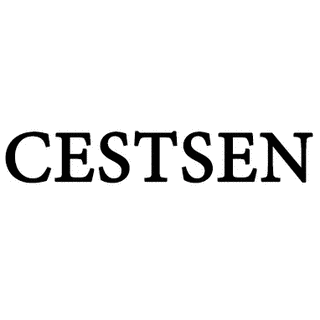Radon detector Radon gas detector-RAD-1750
RAD-1750 radon sensor is a radon detector developed and designed by CESTSEN According to GB50325-2020 "Indoor Environmental Pollution Control Standard for Civil Building Engineering",
Product model: RAD-1750
Product manufacturer: Shenzhen Wanyi Technology Co., Ltd
Measurement type: total radon particles in the air
Measurement range: 0.1-1750pCi/L (0-63000Bq/m ³)
Accuracy: 6% (48 hours at 150Bq/m3)
Application field: Suitable for long-term online measurement and warning in various fields such as buildings, indoor air quality, scientific research, and underground exploration.
一、RAD-1750 radon sensor is a radon detector developed and designed by CESTSEN According to GB50325-2020 "Indoor Environmental Pollution Control Standard for Civil Building Engineering", it adopts the photoelectric transistor sensor technology imported from Europe, which has high sensitivity and consistency and has been calibrated. Simple and easy to use, it is suitable for long-term online measurement and early warning in various fields such as buildings, indoor air quality, scientific research and underground exploration.
二、Measuring principle: phototransistor sensor. Silicon and internal amplifier (bipolar junction transistor) for detecting radon daughter particles.
三、Technical indicators:
1、Detectable gas: total radon particles in the air.
2、Measuring range: 0.1-1750pCi/L(0-63,000Bq/m3)
3、Sensitivity: 1.8cph/(pCi/L) or 30Bq/m3.
4、Resolution: 1Bq/m3
5、Display interface: 4.3-inch touch LCD screen, Chinese and English operation menu.
6、Data update: the data is updated about every 10 minutes after 1 hour of power-on.
7、Hourly count: minimum value: 4cph average value: 6cph
8、Sensor preheating time: 1 hour
9、Repeatability: 15% (at 100 PCI/L)
10、Measurement accuracy: 6% (48h at 150bq/m3)
11、Sampling method: natural diffusion.
12、Temperature measurement:-20 C ~ 60 C, humidity measurement: 0-100%RH.
13、Storage function: Built-in 20,000 groups of data storage.
14、Service life: more than 5 years
15、Environmental conditions: 0-40 C and 10-90%RH.
16、Power supply: built-in lithium battery, type-C charging port.
17、Signal output: RS232
18、Analysis software: Attached with upper computer analysis software.
19、Print output: optional printer can realize on-site printing.
20、Overall dimensions: 180mmX120mmX80mm excluding protruding parts.
21、Optional: pressure measurement, micro printer, universal tripod, 4G wireless transmission, carbon monoxide measurement, carbon dioxide measurement function.
22、Configuration: measuring host, PC analysis software, type-C charging cable, RS232 serial port cable and portable box.
Fourth, note: the sensor can not be exposed to stiff light! This may have a negative impact on the measurement results. During the measurement, the sensor temperature must be kept in the range of 0-40 C.
Warning: High voltage is generated inside the sensor. Although the high-voltage area is isolated and protected by the shell, the contact area between the measuring chamber and the surface of the main board
The domain can be exposed to high pressure. Hold the sensor carefully!
V. Measurement suggestions:
The sensor provides radon concentration level every hour. Therefore, the first valid data is available after 1 hour of power-on.
According to the high variability of radon in a short period of time, radon concentration data may be affected by serious changes. Therefore, in order to obtain more accurate data, it is recommended to use an average value. The average value will represent the existence of actual radon in a better way than the instantaneous value. For short-term analysis, it is recommended to use at least the average value of continuous measurement for more than 72 hours. For long-term analysis, it is recommended to calculate the average value of 5-7 days or longer, and measure it at least once every quarter.
VI. Judgment of test results:
The measurement results are expressed in Becker, which is expressed as Becker per cubic meter of air (Bq/m3).
Outdoor, the average radon concentration is about 4Bq/m3. The average household radon concentration is 20Bq/m3. For concentrations below 100Bq/m3, the individual risk is still relatively low. However, the risk will increase with the increase of radon level. There is no known "safe" radon concentration, but the lower the concentration you are exposed to, the lower the risk to your health.
- Model
- RAD-1750
- Country of origin
- China



